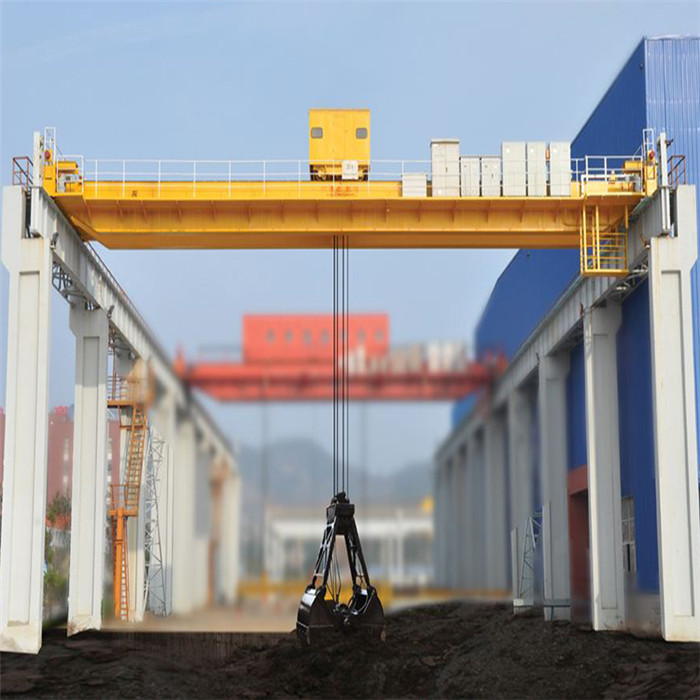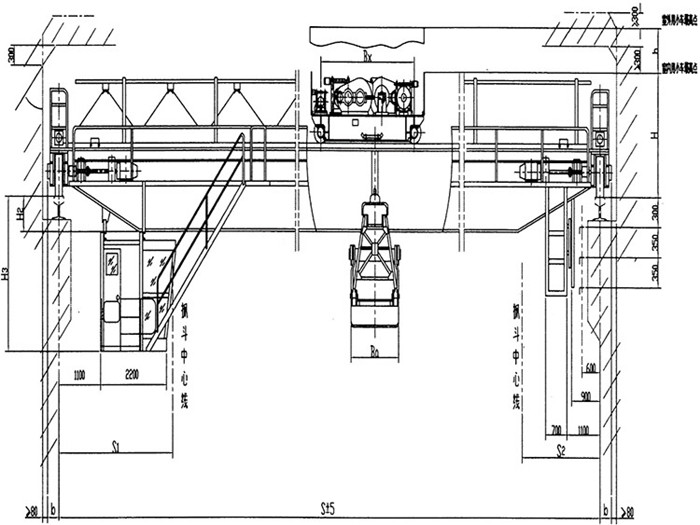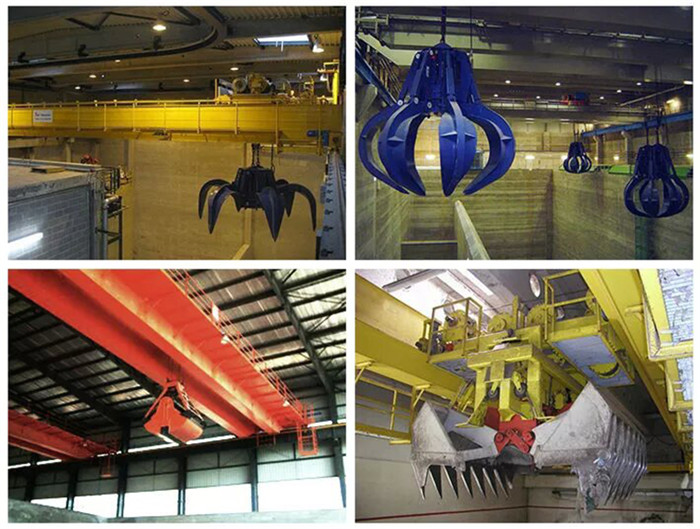The main raw materials for making ceramics are: clay , quartz , feldspar . From ore mining, crushing, milling, raw material transportation, storage, to mixing in ceramics manufacturing, workers are exposed to dust. After the ceramic products are fired, the process of trimming, polishing and polishing will also generate dust. After the dust is inhaled into the respiratory tract, it settles in the respiratory tract by impact, gravity deposition, Brownian motion, electrostatic deposition, and interception. If dustproof measures are not taken, long-term contacts are prone to dust bronchitis, pneumonia, rhinitis, and even Get pneumoconiosis. Foreword The main raw materials for making ceramics are: clay, quartz, feldspar. From ore mining, crushing, milling, raw material transportation, storage, to mixing in ceramics, workers are exposed to dust. After the ceramic products are fired, the process of trimming, polishing and polishing will also generate dust. After the dust is inhaled into the respiratory tract, it settles in the respiratory tract by impact, gravity deposition, Brownian motion, electrostatic deposition, and interception. If dust prevention measures are not taken, long-term contacts are prone to dust bronchitis, pneumonia, rhinitis, and even Get pneumoconiosis. Dust not only causes certain harm to human health, but also has a certain adverse effect on product quality. If there is too much dust floating in the workshop or it is covered by dust for a long time, it will cause dust particles to be concentrated on the surface of the green body or infiltrated into the ink, paste or glaze, resulting in defects such as spots, chromatic aberration and melting holes. . Dust also has great harm to the equipment. In the milling workshop, once the dust enters the inside of the equipment, the service life of the equipment will be shortened and even the equipment will be damaged. 1 Types and sources of dust emissions The types of dust emitted by the ceramic industry include raw material dust, raw material dust, fuel dust and soot. Dust mainly from silicon feedstock material (quartz sand, siliceous sand, etc.), aluminum silicon feedstock (sand, clay, coal ash powder and the like), and calcium, magnesium feedstock (talc, limestone, dolomite, and the like) and crushing prehomogenization Such dust emissions account for more than half of the unorganized emissions of ceramic enterprises. Raw material dust mainly refers to the unorganized emission generated during raw material batching, grinding, homogenization and transportation. The dust emission will become smaller and smaller with the technological progress of the ceramic industry. Fuel dust mainly refers to the emissions generated during the process of coal entering the plant, storage, crushing, grinding, transportation, etc., especially the coal dust emissions generated during the loading and unloading process. This kind of dust is mainly produced by ceramics manufacturers that use coal water slurry and water gas as fuel. The soot is mainly derived from ceramic fuels (coal slurry and oil, gas fuel combustion generally does not produce particulate matter), particulate matter and release substances (such as lead and its oxides, cadmium and its oxides) attached to ceramic raw materials and ceramic bodies. ) in the ceramic industry production process. The process of generating dust includes raw material processing (such as pulverization, sieving, mixing, weighing and transportation), dry grinding (more wet grinding), drying (such as spray drying), forming, blanking, glaze spraying ( Such as ceramic tile and sanitary ware production), porcelain baking flowers and roasting, finishing process (grinding, polishing). The dust concentration of major equipment and processes is shown in Table 1. 2 Dust treatment technology At present, the main treatment methods for domestic spray drying towers are desulfurization tower, gas box pulse bag dust collector, swirling plate tower, cyclone dust collector, and warm swirling plate tower; the main treatment method for kiln exhaust gas is water film dust removal, Washing tower absorption, lye absorption tower desulfurization, solid preparation dust collector, etc. The exhaust gas pollution control technology used in the glazing process has water curtain absorption; the kiln flue gas is generally not treated. The dust collector used includes a wet dust collector, a cyclone dust collector, a bag filter, and an electrostatic precipitator. The commonly used granite water film dust collector in China has a dust removal efficiency of over 90%, and the treated soot can reach below 200 mg. Cyclone dust collectors are mainly suitable for the removal of particulate matter with a particle size of 5 to 30 mg L. The removal efficiency is 60% to 70%. The cost of using a cyclone processor is low. If the cyclone is combined with other dust collectors, it can achieve good dust removal effect. The bag type dust removal efficiency is high, and the dust removal efficiency of 95% to 99% can be achieved (related to the initial concentration, the higher the concentration is, the higher the efficiency), and the electrostatic precipitator has a high collection efficiency for fine dust, which can be higher than 99%. The combined use of a dust collector or the use of a hybrid dust collector further enhances the efficiency of dust removal. The advanced hybrid dust collectors currently used have a dust removal efficiency of up to 99.99%. According to the relevant literature, the advanced hybrid dust collector has the following advantages compared with other existing dust removal equipment : 1) The dust removal effect is excellent, and the dust concentration of the intermediate test equipment is only 0.1 to 0.2 mg. 2) The air bag ratio of the filter bag is up to 3 times that of the general pulse bag type dust collector, which greatly reduces the number of filter bags; the parts for electric dust removal are also less than half of the ordinary electric precipitators. Therefore, the advanced hybrid type dust collector is about one-third smaller than the ordinary electric precipitator, and the investment cost is low. 3) The cleaning bag has a lower cleaning frequency than the ordinary bag filter, which can extend the life of the filter bag and reduce the running cost. Table 2 shows the dust removal effect corresponding to the best possible technical solution for ceramic waste gas. 3 dust control measures The use of engineering and technical measures to eliminate or reduce dust hazards is the most fundamental measure for dust control. 3.1.1 Reforming the process, innovating production equipment In the process of mining and pulverizing ceramic raw materials and ceramic glaze minerals, wet work is generally used; if wet work is not used, mechanical automatic operation is used, or raw materials are processed in a closed environment to reduce dust diffusion. When transporting and storing, it adopts automatic loading and mechanical linkage transportation. When designing storage rooms and mixing plants, the movement of these materials should be minimized to reduce dust diffusion. When mixing, use mechanical linkage to avoid manual operation and contact with dust. If the machine must be operated manually, an operation room should be established. When polishing and polishing, wet operation with water spray is used to reduce dust diffusion. Mixing workshops, storage rooms, and raw material crushing workshops, as well as polished and polished work places, should be well ventilated in addition to the above protective measures. Increase investment in dust prevention and reduce dust generation. The dust collected above can be added to the formulation for reuse. 3.2 Strengthening plant construction, rational greening Reasonable construction of the plant, the use of ventilation and dust removal system to make the dust concentration of the workplace meet the national sanitary standards is another important measure for the dust-proof work of the factory. A partial exhaust air removal system is usually used, which is purified and discharged into the atmosphere. Sometimes it is supplemented by mechanical full exhaust (such as roof ventilators or axial flow fans) or natural exhaust (such as ventilation with skylights). Dust is removed in the plant area by rational use of green belts (vertical green belts, such as densely growing ashes). 3.3 Personal protection and hygiene For those working in the dusty area, the cups that drink water should be placed in places that are not contaminated by dust, and the cups should not fall into the dust. All workers exposed to dust must wear dust masks and develop the habit of washing their hands after work. Work clothes and work caps should be placed in the work area and not taken to the living area. For those who come into contact with dust, enterprises should arrange health checkups before, during and after the job to understand the physical condition of workers and ensure that workers are protected from dust. 4 Conclusion Although the dust removal work requires certain equipment, funds and personnel input, but it can also bring huge benefits. Take Fujian Qinghong Hongye Ceramic Building Materials Co., Ltd. as an example: Since the implementation of the innovative demonstration technology for building ceramics clean production in 2006, in 2007, about 100 tons of raw materials were recycled, equivalent to an output value of 2.05 million yuan; Save 200,000 yuan sewage charges. Greatly reduce the production cost of enterprises and enhance the competitiveness of enterprises. The ceramic industry is a high-energy, high-pollution industry, and the clean production of the ceramic industry is imperative. It is the responsibility and obligation of ceramic enterprises to carry out clean production. As a ceramics production enterprise, we should actively explore new technologies, new equipment, etc., relying on scientific research institutions to vigorously develop environmental protection technologies. The government should implement the Cleaner Production Law and actively guide ceramic enterprises to carry out clean production, laying a solid foundation for the sustainable development of the ceramic industry.
Electric grab Bridge Crane is mainly comprised of box-shaped bridge, grab crab (Grab Bucket), trolley travelling mechanism, cab and electric control system. The load handing device is the grab which is able to capture bulk materials.
The grab cab has switching mechanism and lifting mechanism. The grabs are separately hung over the switching mechanism and lifting mechanism with four steel wire ropes. The switching mechanism drives the grab to close to grab material. When the grab is closed, the lifting mechanism shall be started immediately to hoist the four evenly loaded steel wire ropes. Discharging only needs to start the switching mechanism, which opens the grab to pour materials.
Except the lifting mechanism, the Overhead Crane is basically the same as the bridge crane with hook.
Bridge crane with grab bucket
Specification:
Lifting weight
t
10+10
16+16
25+25
working class
A7
A6
A6
span
mm
25
34
25
33
25
Max. Lifting height
16
16
10
16
10
speed
lifting
m/min
12.6
14.8
16
15.4
travelling
travelling of grab
42.2
42.2
39
48
40
hang beam
travelling of trolley
85.2
85.2
106
101
107
turn round
r/min
1.36
1.36
1.36
1.85
1.4
Max. wheel pressure
KN
190
210
255
260
335
Total power
KW
114.8
128.8
151.3
196
243.5
steel track recommended
QU80
QU100
power source
3 phase A.C 380v 50Hz
Different grab bucket is available
Grab Crane,Heavy Duty Hydraulic Grab Crane,Grab Bucket Overhead bridge Crane,cranes Grab Jiangxi Mide Industrial Co., Ltd. , https://www.midecrane.com




